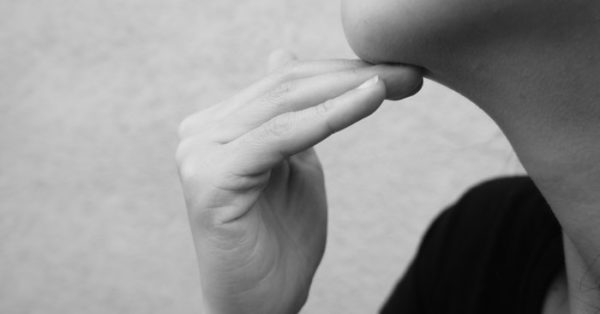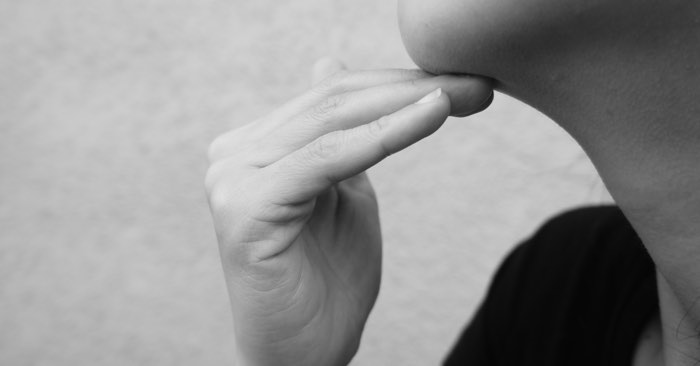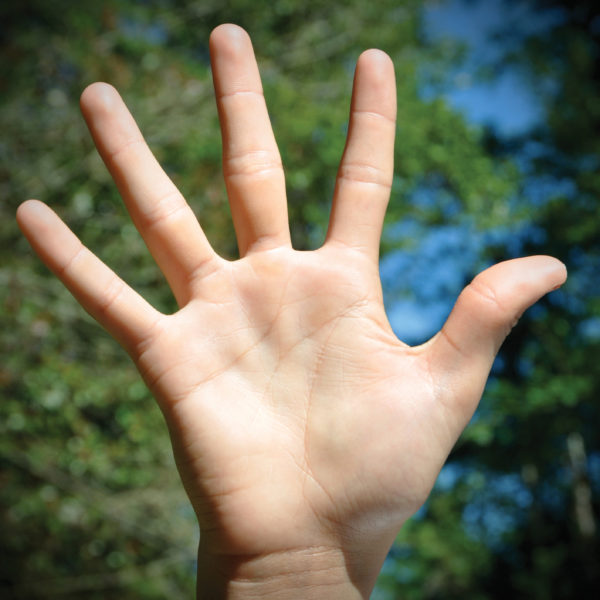Do you like to travel a lot? Do you want to see as much of the world as possible? If that is the case you will need some knowledge of the gestures around the world to help you communicate with the locals easily and without confusion. Some forbidden gestures that people find normal here might mean something very bad in other places of the world. Here are some examples of the ones that might cause misunderstandings. Hopefully you will find some of these helpful one day.
The moutza or “talk to the hand” gesture – putting your spread hand out in front of the person with the open palm towards them means that you are not pleased with the person in front of you. These applies only to Greece, the Middle East and parts of Africa.
There is a gesture in India and Pakistan that will confuse you if you never heard of it before. The cutis gesture – pushing your thumb against your front teeth, and to put it simply, it means “f*** you”. Don’t use in in any polite society. Also, when you see somebody doing it, try to figure out what made that person do that thing.
If you think that nodding your head means yes in the whole world you are mistaken. In Greece or Bulgaria you will soon find out (one way or another) that nodding your head means no and shaking the head on either side means yes. And yes, this can be very confusing at first.
Wishing someone good luck in Austria is done by going up and down with your fists through the air, as if you are pounding then lightly on the table.
The chin flick – this is used differently in Europe. Swiping the back of your hand under your chin. If you use this in Belgium and France this is used to tell someone to get lost, and if you use it in Italy it means “I don’t care”.

